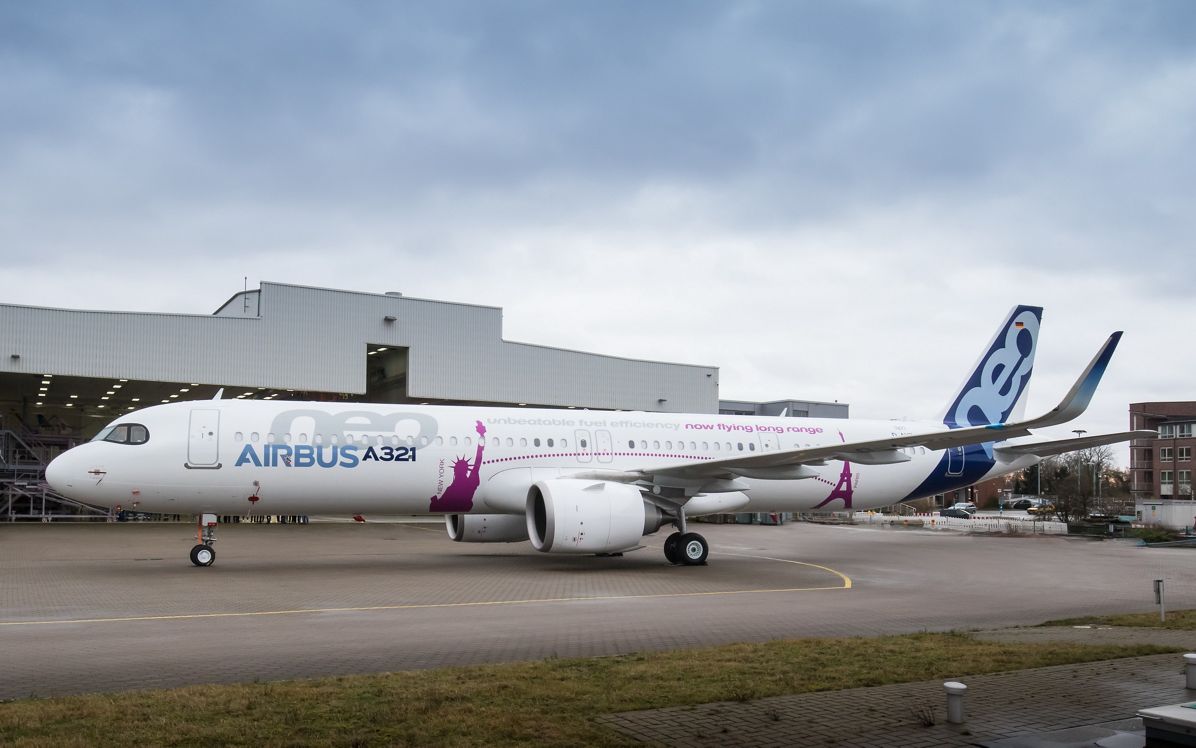Airbus rolls out the first A321neo ACF

Airbus has completed assembly of the first A321neo ACF (Airbus Cabin Flex) at its facilities in Hamburg, Germany. The aircraft, powered by CFM LEAP-1A engines, will undergo ground tests prior to its scheduled first flight in the coming weeks. The first delivery of an A321neo ACF to a customer is scheduled for mid-2018.
The A321neo ACF is the latest addition to the successful A320 Family. By applying modifications to the fuselage, the ACF enables more flexible cabin configurations for up to 240 passengers. Compared to the previous A321 variant, the most visible modifications are a new rear section and a modified passenger door configuration, where the door located forward of the wing is removed and new overwing emergency exits in the centre section are introduced. The A321neo ACF is an option today and will become standard for all A321neos around 2020.
The A321neo ACF is the base for a longer range variant known as the A321LR. The A321LR has an increased MTOW (Maximum Take Off Weight) of 97 tonnes and a third underfloor fuel tank allowing airlines to increase its range to 4,000 nautical miles for intercontinental flights. The first delivery of an A321LR is targeted for the fourth quarter of 2018.
The A321 is the largest member of the A320 Family, seating up to 240 passengers, depending on cabin configuration. Incorporating the latest engines, aerodynamic advances and cabin innovations, the A321neo offers a reduction in fuel consumption of at least 15 percent per seat from day one and 20 percent by 2020.
The A321neo replaces the original A321, which is now referred to as A321ceo, for “current engine option”. In addition to the new engines, the modernisation program also included such improvements as: aerodynamic refinements, large curved winglets (sharklets), weight savings, a new aircraft cabin with larger hand luggage spaces, and an improved air purification system. Customers will have a choice of either the CFM International LEAP-1A or the Pratt & Whitney PW1100G engines.
These improvements in combination are predicted to result in 15% lower fuel consumption per aircraft, 8% lower operating costs, reduced noise production, and a reduction of nitrogen oxide (NOx) emissions by at least 10% compared to the A320 series, as well as an increase in range of approximately 500 nautical miles (900 km), to about 4,000 nmi (7,400 km; 4,600 mi).
